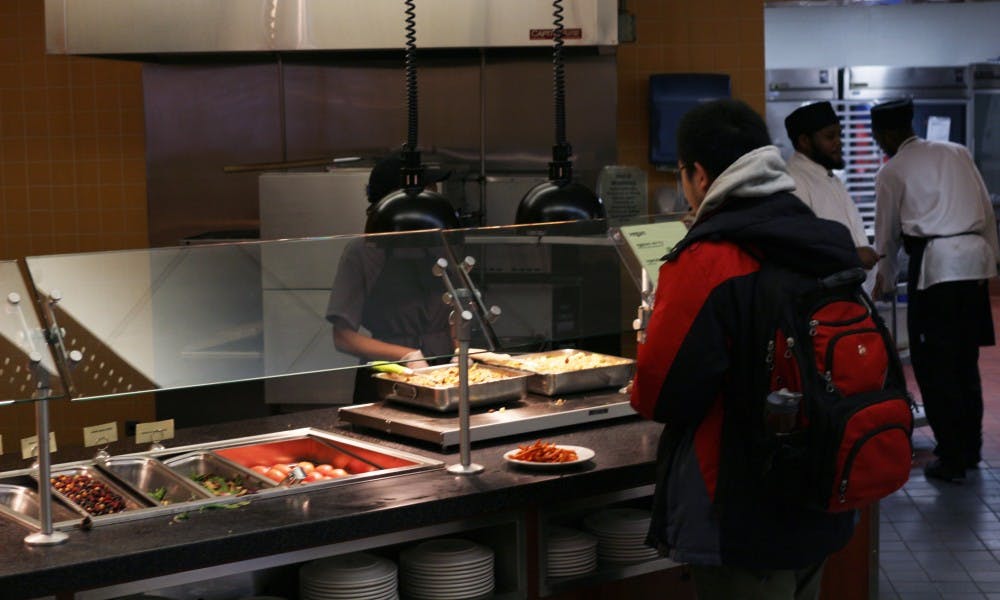
Gluten-free food has become increasingly popular recently, with major restaurants and grocery stores adding gluten-free menu items and stocking gluten-free products — and Penn is no exception. Recently, Hill House dining hall and 1920 Commons dining hall have completely revamped their gluten-free section under the guidance of Bon Appétit dietician Dan Connolly.
Both dining halls now feature a separate menu section titled “made without gluten,” and separate sections for gluten and non-gluten baked goods.
One of the primary reasons students avoid gluten is celiac disease. According to the Celiac Disease Foundation, the disease is an autoimmune disorder where the ingestion of gluten leads to damage in the small intestine. It is estimated that one in 100 people suffer from it.
Not everyone who avoids gluten has celiac disease, though. Other students have developed a sensitivity to the gluten from external causes or simply by not consuming it frequently.
Connolly emphasized that he seeks to accommodate all students who choose to avoid gluten. “We have always aimed to serve all students who are avoiding gluten, regardless of the reason. We have a fairly consistent number of students who are at all levels of the spectrum when it comes to their individual concerns around gluten levels.”
College freshman Sara Coyne, who is sensitive to gluten, however, said that the gluten free options are not always reliable. "It’s kind of a pain, because freshman year you have to be on the dining plan. Commons has mildly substantial gluten free area, but I usually eat chicken or a salad because most of the things available have the possibility of being cross-contaminated,” she said.
Dining halls currently have certain food items labeled as “made without gluten containing ingredients,” yet Connolly admitted that some accidental contact may happen with open kitchens and self serve areas. In most dining hall kitchens, though, staff maintain separate preparation areas and even separate toaster ovens, Connolly explained.
Coyne, who is on the squash team, says it is difficult to get a substantial meal from the dining hall that is completely gluten free, and her food habits have become repetitive. “It wouldn’t be difficult for the dining halls to become more gluten-friendly. A lot of things are naturally gluten free, but they don’t take precautions to keep them in a different place.” she said.
Bon Appetit’s attention to gluten-free foods has gotten positive feedback from some students. Connolly has had two standout experiences with celiacstudents where they have reached out to him to discuss how well his teams are doing in meeting their wellness goals. "Bon Appétit is always looking into new ways to best serve their guests, and improve with student feedback," Connolly said.
Along with Penn’s dining hall offering new gluten free options, a large number of Philadelphia restaurants have released gluten-free menus, including campus favorites such as Distrito and Beijing.
A full list of restaurants can be found on glutenfreephilly.com.
The Daily Pennsylvanian is an independent, student-run newspaper. Please consider making a donation to support the coverage that shapes the University. Your generosity ensures a future of strong journalism at Penn.
DonatePlease note All comments are eligible for publication in The Daily Pennsylvanian.








